
It's often slated as a concrete jungle, and yet the frenetic bustle of the global metropolis belies a surprising biodiversity. In a commingling of urban and natural, London's green spaces and water make up over 60% of the city's area, harbouring more wildlife than much of our countryside. Its 8 million trees are home to 300 species of bird; its 8 million people between them speak over 300 languages. This natural and cultural diversity is championed by the Greater London National Park, a campaign to transform the entire city into the world's first urban National Park. The idea is to recognise the value of London's distinctive urban habitat, celebrating its beauty, wildlife, built environment and cultural heritage. As yet this is just a 'notional park'; but is this notion bonkers, or brilliant? We couldn't quite decide, so we asked Daniel Raven-Ellison, the man behind the project, to explain his thinking.
How did the idea come to you?
Last year I visited all 15 of the UK's National Parks and noticed that something was missing... a major urban habitat.
It's only an oxymoron if you don't recognise 'urban' as a kind of habitat.
According to Natural England approximately 10% of England is urban habitat. Covering 1,572 km² London is not just one great big slab of concrete, it's a complex mosaic of 3000 parks, 3.8 million gardens, 36 Sites of Special Scientific Interest, 300 farms, 142 Local Nature Reserves and 30,000 allotments that are interconnected and home to over 13,000 species of wildlife. London's green space covers 47% of the capital and in addition to the parks, this includes 64,000 woodlands and an overall tree cover that the Forestry Commission has called the world's largest urban forest.
As well as having ecological credentials that compare to rural national parks it does equally well on opportunities for outdoor recreation. 85% of the tidal Thames is publicly accessible and the river from Pimlico to Teddington is the most used stretch of open water for recreation in the country. There are more than 50 canoe clubs in London that not only enjoy rivers, but the extensive network of canals. In addition to being the end of the Thames Footpath, the Capital Ring (126 km) and London LOOP (245 km) are long distance footpaths that are comparable to National Trails.
So, why not?
Both on the ground, and in people’s heads, what changes would Londoners see?
The Greater London National Park is a positive and long-term vision for the capital that everyone can understand and contribute to.
The purpose of a Greater London National Park would be similar to other UK National Parks. It would conserve and enhance our natural and cultural heritage, promote opportunities for the understanding and enjoyment of London’s green spaces; and foster the economic and social well being of local communities.
In practice this National Park "lens" would give us a new way of thinking about London and other cities. Let me give you a worked example.
I am very inspired by London's 3.8 million gardens. Together these cover 24% of the capital. What if we made London a National Park? How might this galvanise children, parents, teachers, planners, politicians to think differently about their gardens? How might some careful marketing and education campaigns, led by the National Park City, improve them? A third of London's garden space is paved over and I think that, over time, National Park City could inspire many Londoners to rip this up. This would improve drainage and potentially improve biodiversity and our resilience to climate change. In the UK our hedgehog population has declined by 30% in 20 years. If the same gardeners were to make holes in their fences this could create a hedgehog highway that would increase hedgehog habitats and help them to recover. Of course, gardening also has a range of health benefits to the gardener too.
This is just a small example of what could happen in gardens. We could also talk about the side of buildings, canals, fields, rivers.... the opportunity in cities is to unlock untapped potential. We only have to look to the Wetlands Centre in Barnes for a great example. A place that used to be a series of small reservoirs is now a Site of Special Scientific Interest.
What are the potential benefits?
Working in partnership with all Londoners, the National Park City would inspire, enable and support the creation of a better environment, a better economy and a better quality of life for visitors, residents and workers. Ultimately this is about improving our health, prosperity and happiness while securing a more sustainable relationship with our environment.
Six top-line benefits include:
- For children - Growing up in a National Park City would have a profound influence on our children. It would open up new opportunities for young people to be healthy, spend quality time with family, improve their outdoor education and grow up as creative citizens.
- For health - Actively enjoying quality green space improves our mental health, physical health and well-being. It not only saves health services money, but can also improve productivity in the workplace. The National Park City would work to improve and promote health.
- For wealth - The Greater London National Park has the potential to improve prosperity in the capital and beyond. It would not only inspire new kinds of business in the capital, but actively work to promote opportunities for recreation and tourism in London’s outer boroughs and other National Parks across the UK.
- For recreation - London is an incredible, inspirational and accessible landscape to explore. The Greater London National Park would promote the city’s long distance footpaths, 50 canoe clubs and numerous other often-forgotten opportunities to enjoy open air recreation.
- For Environment - The National Park creates a common vision for the city that all Londoners will understand. Activities will lead to better management of the capital’s green and blue infrastructure and as a result, increased resilience against pollution, flooding, climate change and other risks.
- For Nature - Londoners share a long history of appreciating and protecting wildlife. The Park would both celebrate our achievements in conserving green space and inspire a generation to think creatively about our future relationship with nature.
Unlike rural national parks, a National Park City would not need planning powers or to add an additional layer of administration to achieve these benefits.
Compared with other cities, what makes London particularly deserving of National Park status?
Other cities deserve it and would benefit from it too, but there are three good reasons why I think it should be London first.
London is an internationally celebrated city that is recognised for its innovation and culture. If London become a National Park the world would notice. With 32 boroughs and the City of London, the capital is politically complex. If we can achieve consensus and make this happen in London, it could be done anywhere. Finally, London is a truly remarkable city. Its green space credentials and long history of urban conservation are something to be truly celebrated.
Yes London has some fantastic parks, among the world’s best, but there are also a lot of barren, boringly grassy, dog poo-filled green spaces hardly worthy of local love let alone National Park accolade. Do these need to be improved before NP status has a chance, or might a Greater London National Park be the perfect way to get these neglected greens a bit of much needed love and investment?
A good chunk of London's green space is also dog crap space. There is a massive opportunity to ratchet up and improve London's green space. The Greater London National Park would be a great way not only to secure financial investment, but also people's investments of time, energy, care and ideas. That said, it's worth remembering that some apparently "barren land" may well serve an important purpose for a local community of people... or other wild Londoners.
It’s a huge body of water in the heart of a capital, and yet comparatively few people seem to use the Thames. How might this be solved?
I love the idea of urban swimming in the Thames. See this piece in the Guardian.
On top of its green and watery spaces, does London’s cultural richness and diversity count in its favour in the context of setting up an urban National Park?
Without a shadow of a doubt. In the UK National Park family cultural and built history is important as well as natural history. We all know that London is not short in this area. The capital enjoys four World Heritage Sites and that's just for starters. I think the role of a Greater London National Park would be to champion what London's outer boroughs have to offer as these are often overlooked in the storm of excitement over the more central attractions.
How might you assuage people who think that London already receives more than its fair share of funding and attention?
The Park would inspire people to visit the UK's 15 other National Parks. It would not be a replacement for them, instead it would act as an urban gateway actively supporting the rest of the family of parks.
When we talk about "London" we often over simplify its reality. While some people in London are very rich, others are very poor. This inequality not only exists in financial terms, but also health, education and green space. The Greater London National Park would play a role in levelling things out.
How has the campaign progressed so far, and what kind of support have you gained?
The campaign is going very well and we are looking for more people to show their support.
We are calling for the Mayor of London to publish a report into the costs, benefits, options and opportunities for the park. The campaign is now supported by 80 organisations including National Geographic, Scouts, Guides, Vango and the John Muir Trust. Kingston Council is the first London borough to join our call and we hope to recruit others. Over 1400 people have signed the petition and this number grows every day.
It sounds like early days, and it’s bound to be a long process: what needs to happen if the campaign is to succeed?
Our aim is for the Mayor of London to hold a public consultation on the idea. We are proposing that by being a National Park City the Greater London National Park would sit outside current legislation and so with the right support from councils the current or next Mayor could set this up. It could be a long process... but with the right political will it does not need to be.
How can people get on board?
Please visit our website and sign the petition. If you run an organisation then please consider joining up as a Friend of the Greater London National Park to show your support. Together we could make something very special happen that could radically improve the lives of Londoners and beyond, no matter how many legs they have.
- REVIEW: Trekmates Ankle Gaiters 23 Apr
- INTERVIEW: Exmoor Coast Traverse - England's Best Kept Mountaineering Secret 10 Apr
- REVIEW: Rab Muon 50L Pack 9 Apr
- REVIEW: Boreal Saurus 2.0 22 Mar
- REVIEW: The Cairngorms & North-East Scotland 1 Mar
- REVIEW: Mountain Equipment Switch Pro Hooded Jacket and Switch Trousers 19 Feb
- Classic Winter - East Ridge of Beinn a' Chaorainn 12 Feb
- REVIEW: Salewa Ortles Ascent Mid GTX Boots 18 Jan
- REVIEW: Patagonia Super Free Alpine Jacket 7 Jan
- REVIEW: Deuter Fox - A Proper Trekking Pack For Kids 27 Dec, 2023




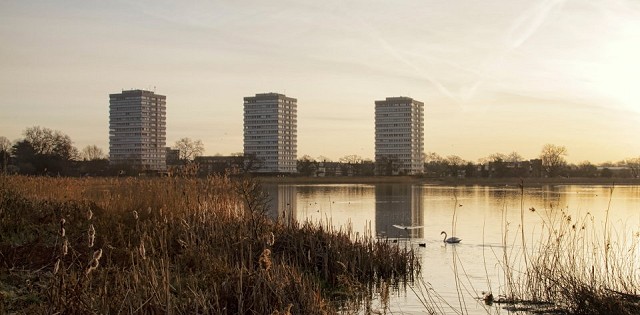
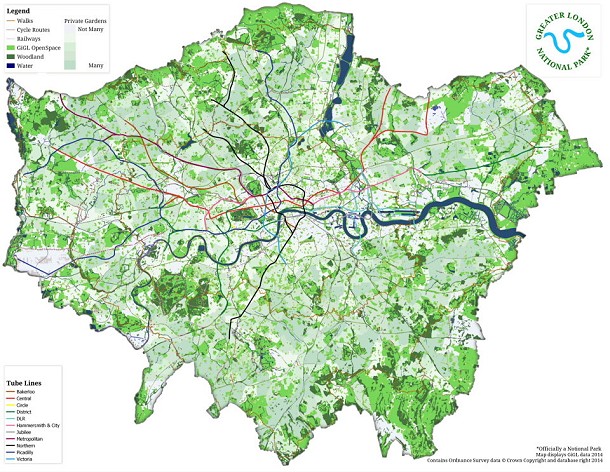
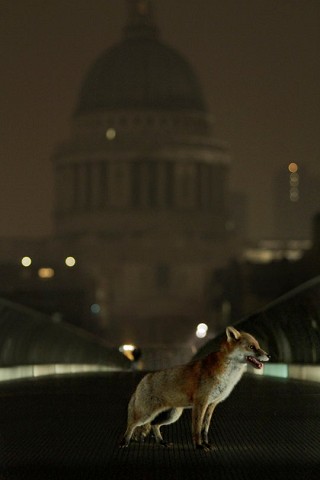
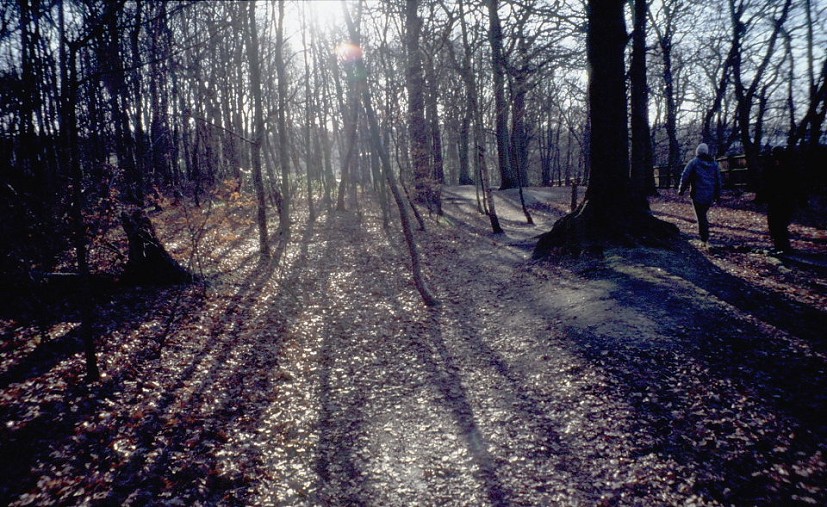
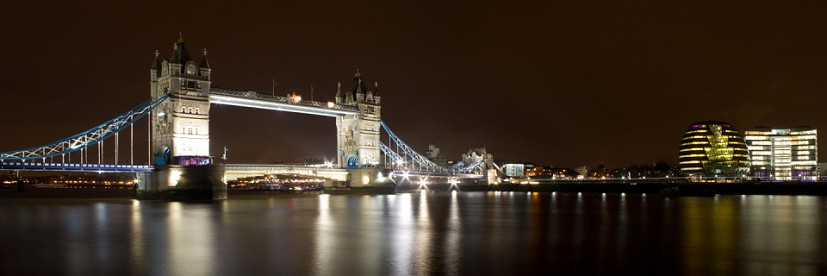
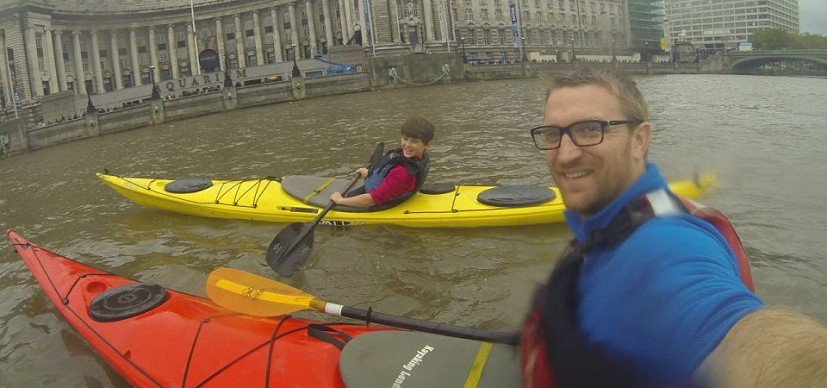





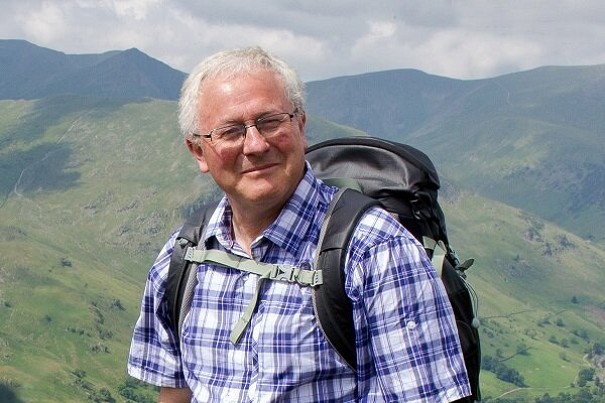










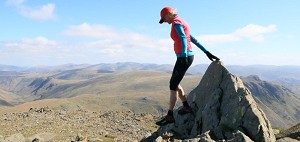









Comments